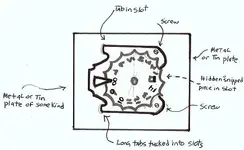musclecar
Full Member
- Joined
- Oct 15, 2006
- Messages
- 132
- Reaction score
- 1
- Golden Thread
- 0
- Location
- Nampa Idaho
- Detector(s) used
- White MXT
I found this in Alaska about 10 years ago, and have never been able to ID it. It is an aluminum piece, about 3 inches square. It has 15 teeth and is numbered 1-15. There is a stop preventing it from spinning freely. The back has two tabs that may have been used to mount it. ANY GUESSES?
Thanks,
MC
PS The quarter used for size was found yesterday! 1935S Yeah!
Thanks,
MC
PS The quarter used for size was found yesterday! 1935S Yeah!



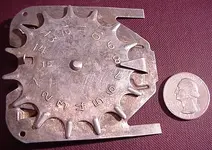
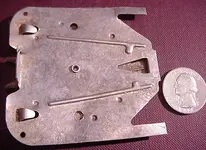
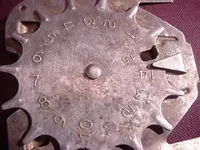


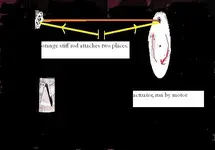
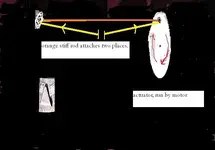

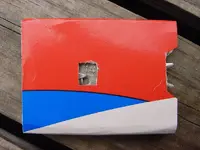


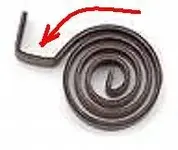



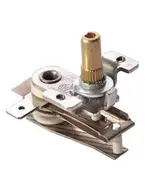
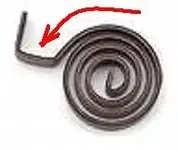
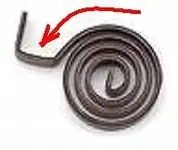
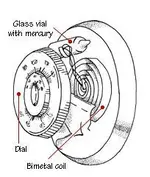
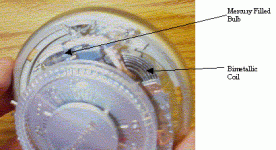
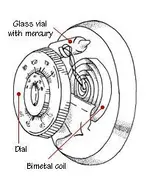
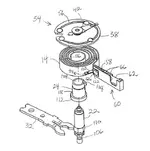
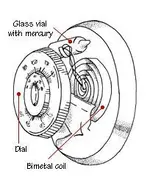
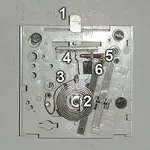
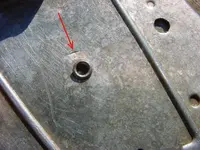
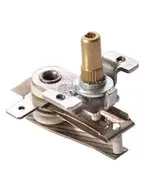
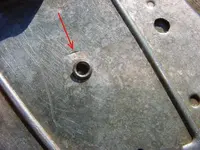
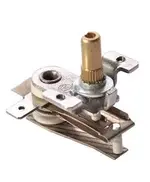

 You're welcome ... LOL
You're welcome ... LOL